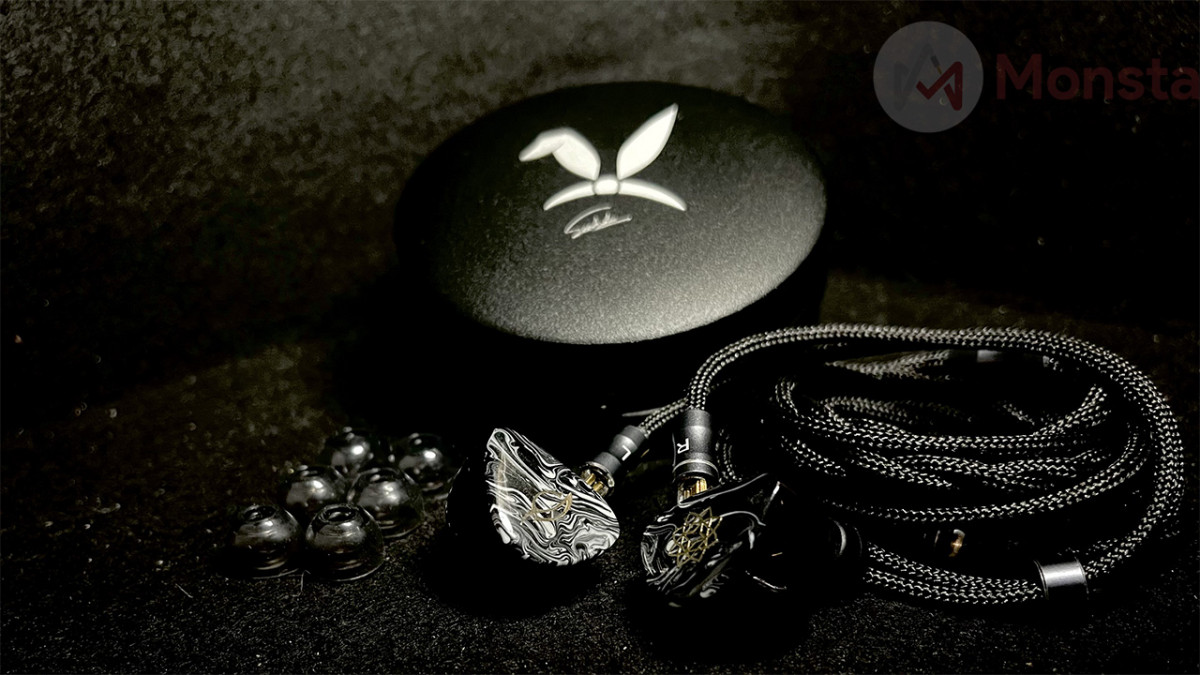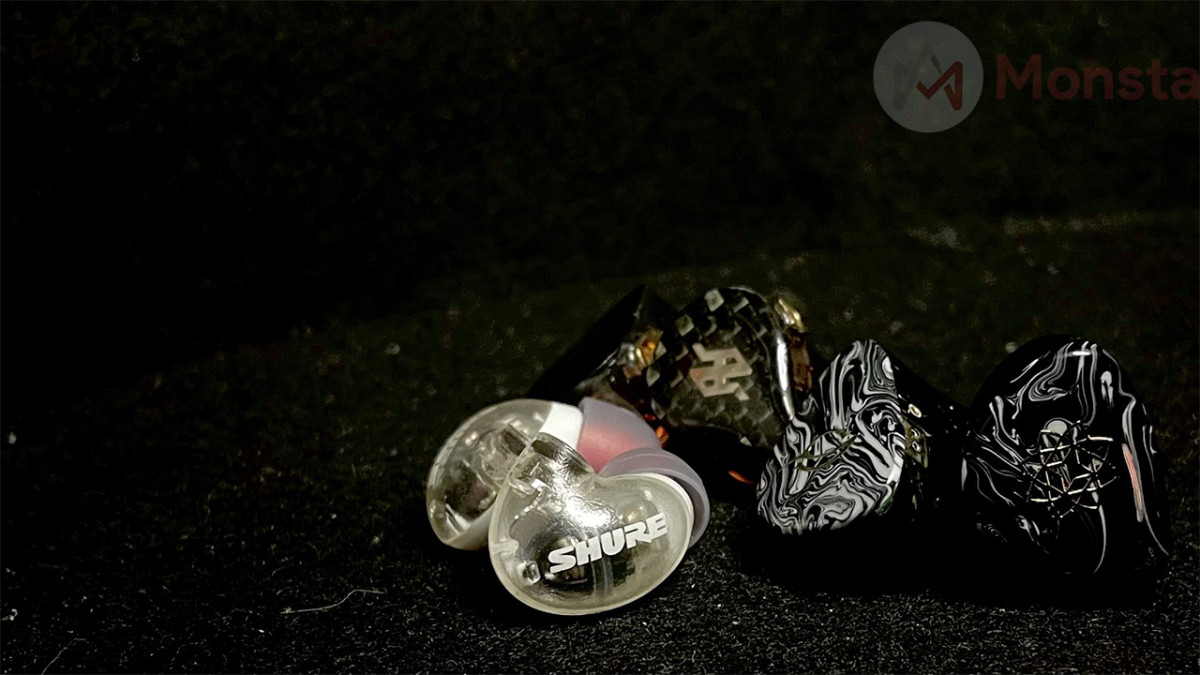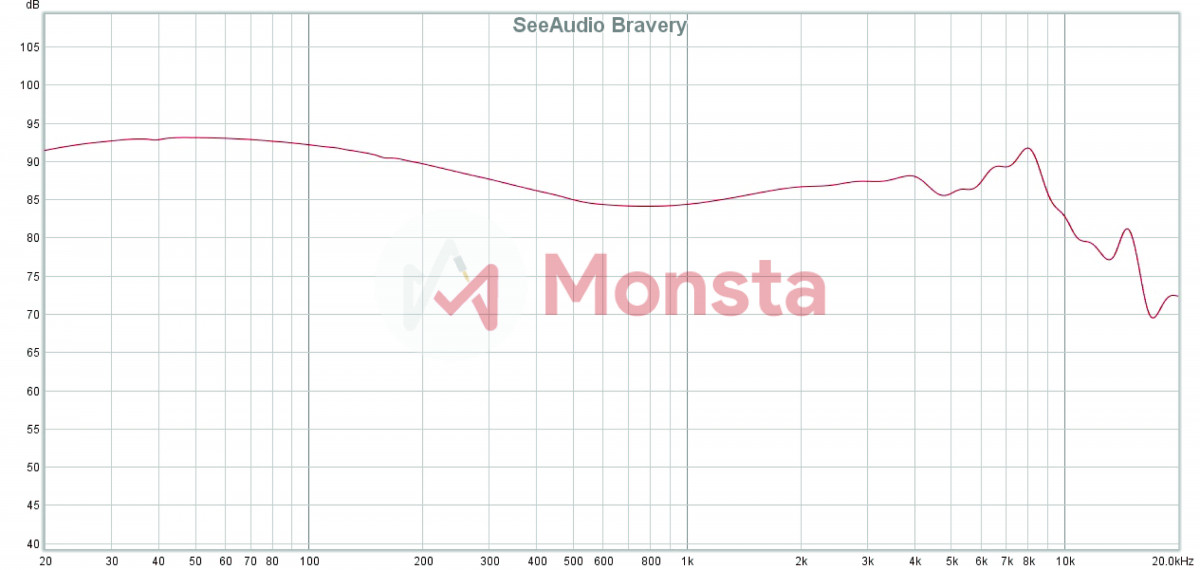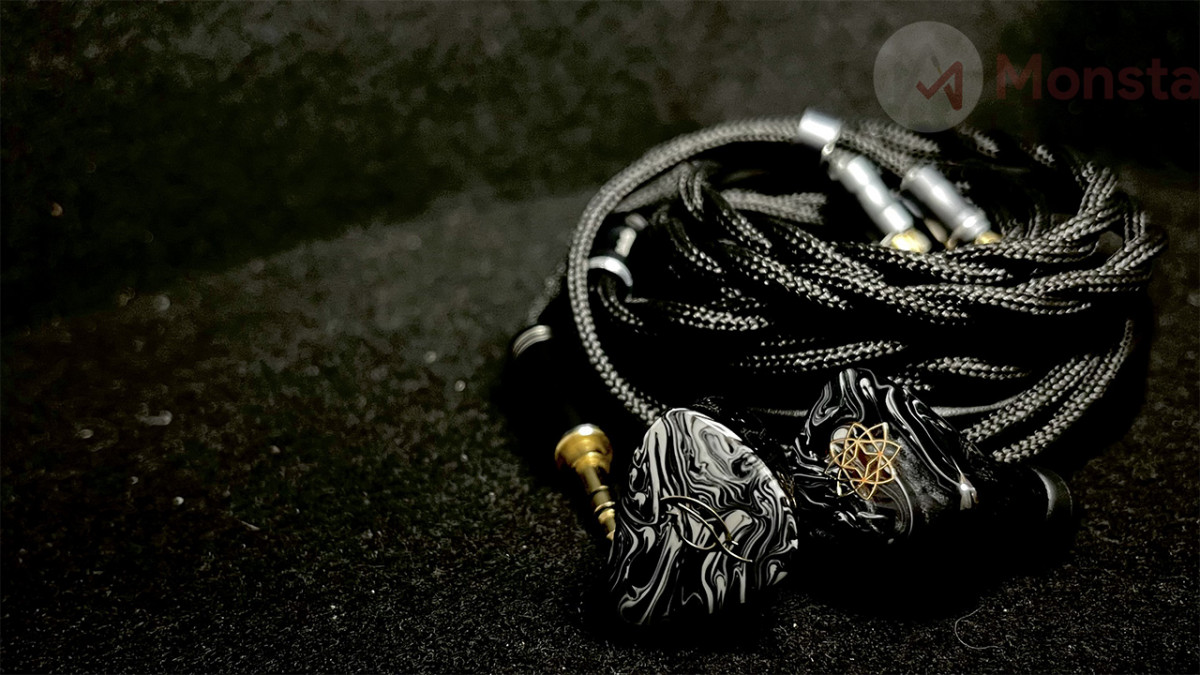Intro
If you’ve read my review of the Yume, See Audio’s capability to provide an impressive price:performance ratio IEM should not be taken lightly. Now we have the latest iteration of a 4-BA IEM from See Audio called the Bravery. What are my expectations? To be honest, I don’t care as long as they belong to its rightful place. And the Bravery does pretty well at that. Using BA combinations from both Sonion and Knowles, the specs are intriguing to say the least. Not to mention some nice accessories being offered as a standard package deal. But as we all know, sound is above all of that and we’re lucky that See Audio pays attention when it comes to the sound.
Packaging
I received the Bravery in a simple, what I would classify as an ‘essential only’ packaging since it’s a tour unit, hence I’ll skip this part. Let’s start with the build quality. The shell feels solid (substantial), slightly larger than similarly configured IEMs and made from medical-grade resin with a slightly different shell design than what we’re used to nowadays (especially for resin-made shells). They do however came in stock form with a very nicely built Cloth-braided Custom Hakugei cable made specifically for the See Audio Bravery along with Azla’s Xelastec eartips. Sounds like a good package, right? Well, it doesn’t end there.

Functions & Specifications
- Material – Medical Grade Resin
- Transducer Type – 4-Balanced Armatures (2x Knowles-Lows, 1x Sonion-Mids, 1x Knowles-Highs)
- Sensitivity – 110dB SPL/mW @ 1kHz
- Impedance – 18ohms @ 1kHz
- Frequency Range – 20Hz to 20kHz
What’s In The Box
As a Tour Unit, the Bravery came in with:
- See Audio Bravery
- Cloth braided 6N OCC 3.5mm 2-pin cable
- Azla Xelastec eartips (S, M, L) x1
- Hockey puck carry case
Retail Price & Where To Get
This is a Malaysian Tour Unit provided by See Audio.
Sound & Tonality
The Bravery is gracefully tuned to be a slightly warm-balanced sounding IEM. For those who are wondering, they’re what some of us would refer as having a mild U-shaped tuning. Having said that, considering the Bravery is an all-BA IEM, they’re very natural sounding complemented with a beautiful overall tonality, not to mention the smooth coherency.
Source Used
Xduoo X2S > Xduoo XQ-10 > See Audio Bravery
Songs Used
Bass
The Bravery’s sub-bass is present and smooth but far from being dominant. There’s no rumble to be heard but is expected coming from BAs. Mid-bass is powerful and clean which makes it quite versatile for most music genres without ever sounding bloated. Upper-bass is weighty, smooth yet detailed which complements the whole sub-bass to lower-mids section. There’s no significant bleed towards the lower-mids but they do contributes to the fullness of the overall sound. Transient response here is very natural giving you an almost DD-like bass presentation. Texture is never lacking on the Bravery but rather they manage to made it perceivably smooth to the ears.
Mids
Moving to the lower-mids, the Bravery sounds warm but remains clean. This contributes to the excellent tonality of the Bravery in which they’re more ‘balanced’ sounding rather than being sterile nor too ‘fun’ sounding. The mids is full with good transparency and arguably quite detailed. While not being the most revealing mids, they are good considering the macro and micro details are complementing each other providing just enough information for our brain to process and let us actually enjoy the music. It is safe to say that the upper-mids is ‘safe’ and never shouty which renders them to be smooth yet well articulated overall mids section.
Highs
The lower-treble is inoffensive but well articulated. There’s no annoying peaks, no harshness and definitely no sibilance can be heard out of the Bravery. The transitions between the frequency ranges are smooth making them sound very coherent for an all-BA IEM. Treble can be perceived as smooth and somewhat dark sounding. The sparkle and shimmer is gasping for air and seems a bit too controlled. Detail is present but somewhat muted for my taste and I’d be yearning for a bit more tingling sensation. The upper-treble on the Bravery could do with a bit more air for presence and nuances to counter-balance the almost dark sounding treble region.
Soundstage
The Bravery’s soundstage can be considered as slightly above average. They’re evenly distributed both in terms of width and depth, almost holographic sounding but lacks the much needed height to complete the package. The perceived depth is accompanied with fantastic layering ability on the Bravery which gives you quite an immersive listening experience.
Imaging & Separation
Imaging, as you would expect from an all-BA configured IEM is accurate but I’ve found that there’s minimal cues coming from the top-front/back corners of your head. This is most probably due to the lack of height as mentioned earlier. Separation however is nothing spectacular. It’s great coming from an all-BA IEM but can sometimes be perceived as a tiny bit crowded. Still, this is purely nitpicking.
Drivability
It’s not hard to drive the Bravery and most good sources will do just fine. Just don’t expect the usual improvement from feeding them with more power (as any 1-DD IEM do) since they won’t benefit from it that much. They will scale of course, but not as significant.
Synergy
See Audio’s Bravery will definitely play well with most sources with little coloration affecting its already wonderful warm-balanced sound signature.
Comparison
Shure Aonic 4
Bass on the Aonic 4 is slightly more elevated with somewhat similar extension on both IEM but the Bravery slams harder than the Aonic 4. Yes, the BA on the Bravery slams harder than the DD on the Aonic 4. Mids can be considered as having a similar tonality for both with the Aonic 4 being slightly more transparent and open sounding while the Bravery sounds a tinge more weighty and ‘compressed’. The treble is just a smidgen brighter on the Aonic 4 but rolled off just a bit earlier than the Bravery. They share an almost similar sound signature with each having their own key strengths and both are smooth sounding.
Soundstage is perceived to be larger on the Aonic 4 but not by much. Where the Aonic 4 takes the crown is with better depth and height of the soundstage, not to mention being slightly more immersive (holographic) in comparison to the Bravery. Imaging is arguably on par for both. The Aonic 4 is just a hair better than the Bravery in terms of accuracy while having a touch more well defined separation. Yes, this comparison dictates the ‘expected transducer performance’ of different driver configurations for IEMs and it clearly shows that the FR curve does not reveal everything.
Tenhz P4 Pro
Despite having a similar 4-BA configurations, the P4 Pro is a different beast altogether. Bass is more neutral, slightly more textured and extends further on the P4 Pro as compared to the punchy, energetic and arguably ‘slower’ bass on the Bravery. Mids is forward with better clarity and texture on the P4 Pro in comparison to the more natural and full-sounding mids of the Bravery. Detail retrieval is perceivably better on the P4 but this in my opinion is due to the difference in tuning. Highs are airier and slightly more detailed on the P4 Pro while the Bravery is ‘safer’ and smoother. Both IEMs will provide a non-fatiguing listening experience nonetheless.
On to technicalities, the Bravery have a slightly larger and deeper soundstage in comparison to the P4 Pro. But the P4 Pro can be perceived as having the taller soundstage between the two. Imaging is pinpoint accurate on the P4 Pro and it also edges the Bravery slightly in terms of separation, thanks to its taller soundstage. In terms of technical performance, they both have a different approach from each other where the P4 Pro focuses more on dissecting the music while the Bravery offers a more immersive and fun listening experience.

For Who?
Those who prefer a warm-slightly dark sounding all-BA IEM with arguably good coherency and natural tonality should really consider the See Audio Bravery. No, I’m not hyping this IEM but it is legitimately competitive at this price range.
Verdict & Stars
Upon my first listen, they reminded me of Moondrop A8 that I have auditioned before. The Bravery is slightly warmer, darker and ‘compressed’ sounding version of the A8. Despite using an all-BA configurations, See Audio managed to tune them very well with all the BAs working hand in hand to provide a smooth and pleasurable listening experience. While the technical performance is not class leading, the Bravery is VERY appealing in terms of sound reproduction. Keep up the great offerings, See Audio!!
 (4 / 5)
(4 / 5)











